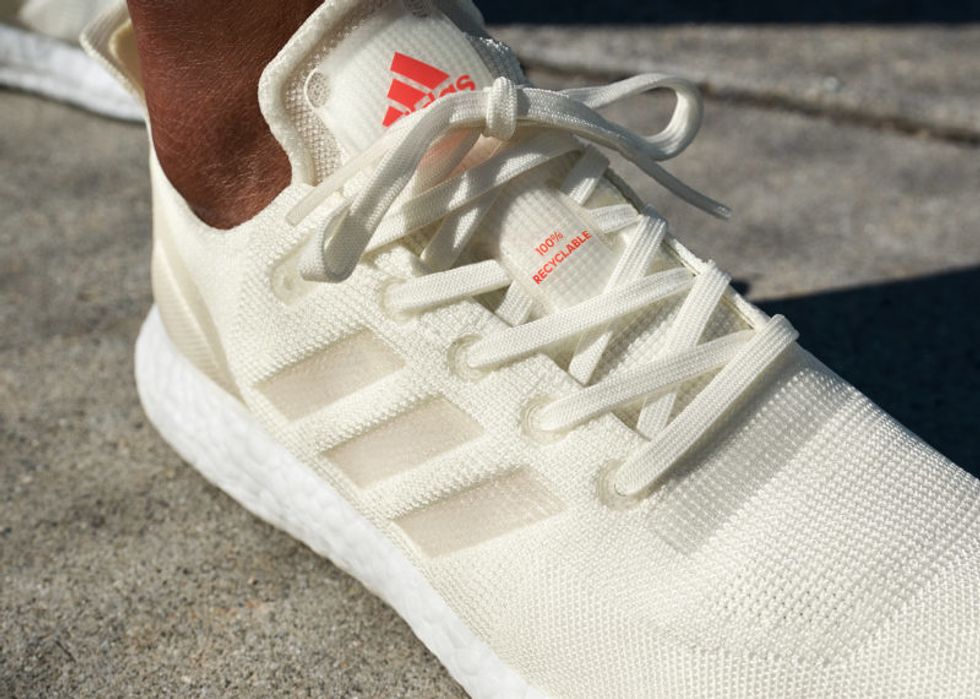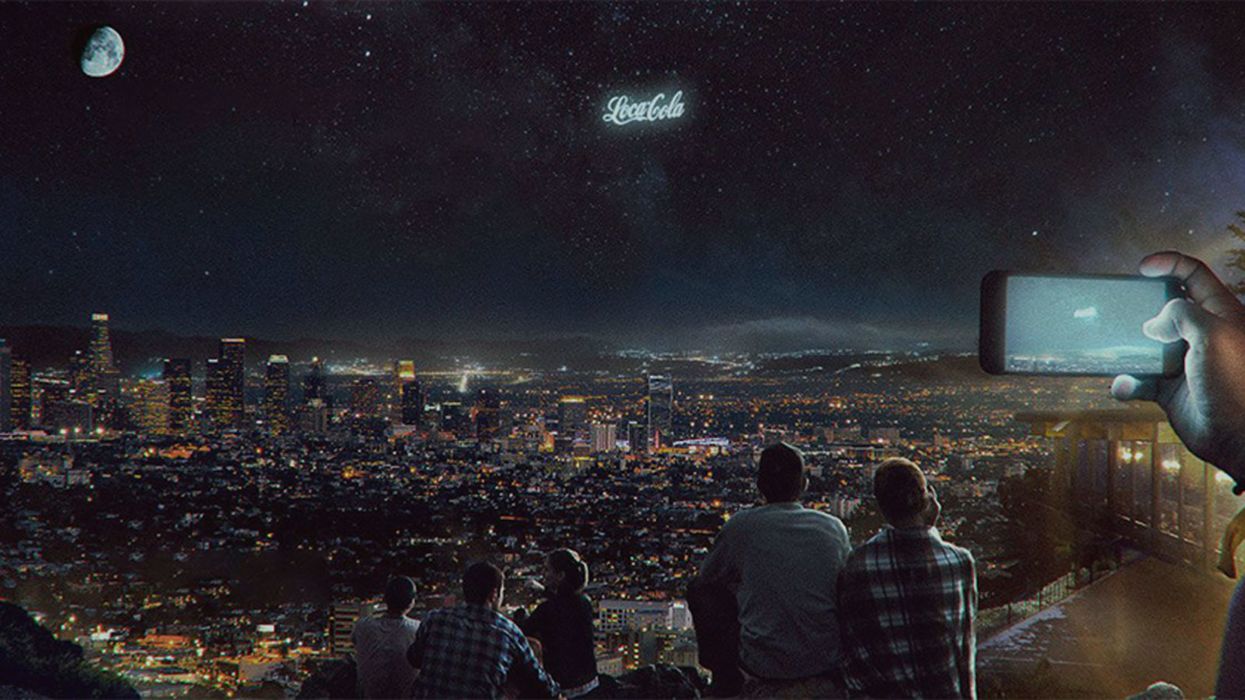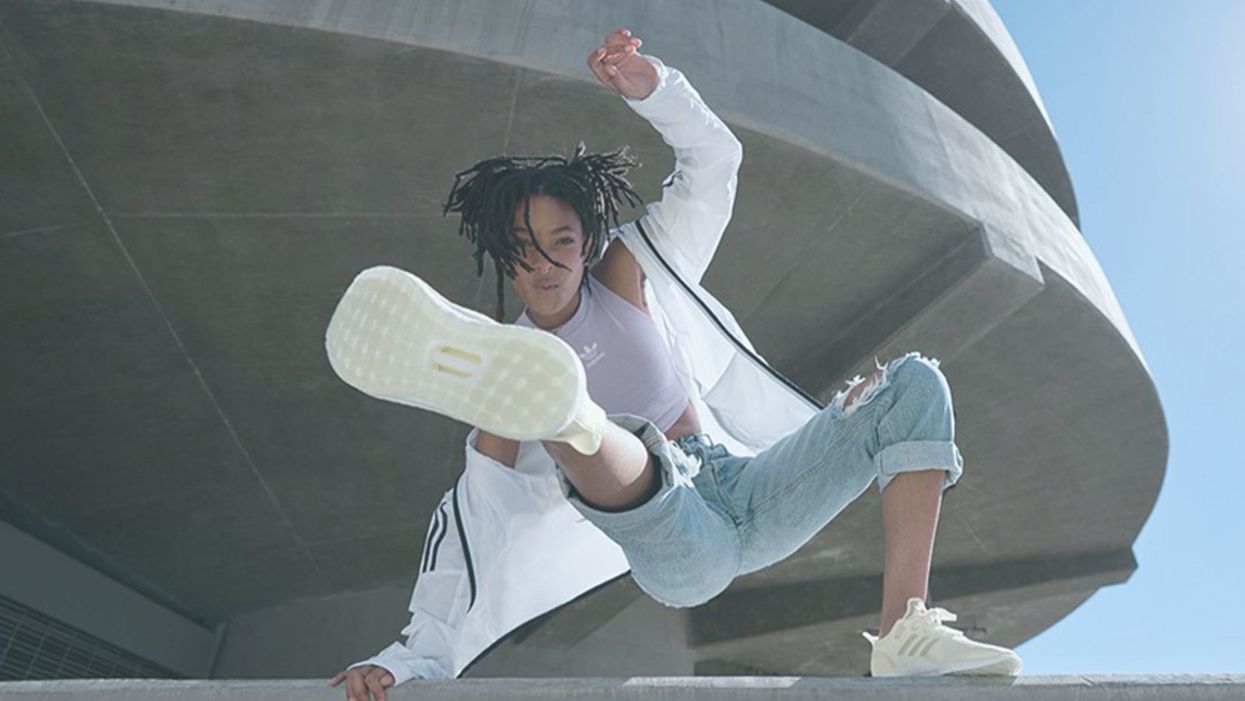Listening to music helped preterm babies' brains develop, according to the results of a new Swiss study.
Move over, Baby Einstein: New research from Switzerland shows that listening to soothing music in the first weeks of life helps encourage brain development in preterm babies.
For the study, the scientists recruited a harpist and a new-age musician to compose three pieces of music.
The Lowdown
Children who are born prematurely, between 24 and 32 weeks of pregnancy, are far more likely to survive today than they used to be—but because their brains are less developed at birth, they're still at high risk for learning difficulties and emotional disorders later in life.
Researchers in Geneva thought that the unfamiliar and stressful noises in neonatal intensive care units might be partially responsible. After all, a hospital ward filled with alarms, other infants crying, and adults bustling in and out is far more disruptive than the quiet in-utero environment the babies are used to. They decided to test whether listening to pleasant music could have a positive, counterbalancing effect on the babies' brain development.
Led by Dr. Petra Hüppi at the University of Geneva, the scientists recruited Swiss harpist and new-age musician Andreas Vollenweider (who has collaborated with the likes of Carly Simon, Bryan Adams, and Bobby McFerrin). Vollenweider developed three pieces of music specifically for the NICU babies, which were played for them five times per week. Each track was used for specific purposes: To help the baby wake up; to stimulate a baby who was already awake; and to help the baby fall back asleep.
When they reached an age equivalent to a full-term baby, the infants underwent an MRI. The researchers focused on connections within the salience network, which determines how relevant information is, and then processes and acts on it—crucial components of healthy social behavior and emotional regulation. The neural networks of preemies who had listened to Vollenweider's pieces were stronger than preterm babies who had not received the intervention, and were instead much more similar to full-term babies.
Next Up
The first infants in the study are now 6 years old—the age when cognitive problems usually become diagnosable. Researchers plan to follow up with more cognitive and socio-emotional assessments, to determine whether the effects of the music intervention have lasted.
The first infants in the study are now 6 years old—the age when cognitive problems usually become diagnosable.
The scientists note in their paper that, while they saw strong results in the babies' primary auditory cortex and thalamus connections—suggesting that they had developed an ability to recognize and respond to familiar music—there was less reaction in the regions responsible for socioemotional processing. They hypothesize that more time spent listening to music during a NICU stay could improve those connections as well; but another study would be needed to know for sure.
Open Questions
Because this initial study had a fairly small sample size (only 20 preterm infants underwent the musical intervention, with another 19 studied as a control group), and they all listened to the same music for the same amount of time, it's still undetermined whether variations in the type and frequency of music would make a difference. Are Vollenweider's harps, bells, and punji the runaway favorite, or would other styles of music help, too? (Would "Baby Shark" help … or hurt?) There's also a chance that other types of repetitive sounds, like parents speaking or singing to their children, might have similar effects.
But the biggest question is still the one that the scientists plan to tackle next: Whether the intervention lasts as the children grow up. If it does, that's great news for any family with a preemie — and for the baby-sized headphone industry.
Goodnight, Moon. Goodnight, Sky Advertisement.
A rendering of what a sky advertisement would look like.
Imagine enjoying a romantic night stargazing, cozying up for the evening – and you catch a perfectly timed ad for Outback Steakhouse.
Countries have sovereignty over their airspace, but the night sky itself is pretty much an open field.
That's the vision of StartRocket, a Russian startup planning to put well-lit advertisements into outer space. According to a recent interview, StartRocket says its first client is PepsiCo.
The Lowdown
Launching at twilight during the early morning or early evening, the ads will be on cubesats – 10 cm square metallic boxes traditionally used in space. The attached Mylar sails will reflect light from the rising or setting sun, making the ad appear like an "orbital billboard."
The advertisements will need all the solar power they can get: According to a 2016 report, 80 percent of the world and 99 percent of America and Europe experience light pollution at night. Showing advertisements in, say, Wyoming will be much easier than attracting attention in Midtown Manhattan – and risks adding a considerable amount of light pollution to an already overburdened night sky.
Next Up
The StartRocket advertising program is set to begin in 2021. The most recent rate is $20,000 for eight hours of advertising space.
But first, StartRocket has to win over consumers, regulators and space activists.
"I don't see it taking off now," says TED Fellow and University of Texas, Austin Associate Professor Dr. Moriba Jah. Jah is the creator of Astriagraph, an interactive tool to help monitor space junk orbiting Earth. "In general, the space community is anathema to advertisements from orbit to people on the ground… The global astronomy community will be fighting it tooth and nail."
Jah notes SpaceX's launch of 60 satellites last month. "Astronomers were up in arms since they are so bright, you can see them with the naked eye." It got to the point where Elon Musk had to defend himself to the astronomy community on Twitter.
Open Questions
Startups come and go, especially those that are looking for funding. StartRocket is in both categories. Frankly, it's unclear if the ads will actually launch two years from now.
Space advertisements are more likely to be the future for less regulated and financially strapped areas.
The regulatory hurdles are just as unknown. According to Jah, countries have sovereignty over their airspace (think planes, balloons and drones), but the night sky itself is pretty much an open field. This doesn't remove the political ramifications, though, and any American-based launches would have to contend with the FCC, since it regulates advertisements, and the FAA, since it regulates flight.
Carbon credits-style redemptions may help balance out the potential environmental and political damage done by sky ads. It isn't a coincidence that space pioneers Musk, Jeff Bezos, and Richard Branson succeeded at other ventures first, giving them considerably deep pockets to survive red tape – something StartRocket's team doesn't have at the moment.
Space advertisements are more likely to be the future for less regulated, financially strapped areas. Depending on how ad companies negotiate with the local governments, it's easy to picture Kolkata with an "Enjoy Coke" advertisement blaring during a Ganges sunset.
"In rural places, it would be like having another moon," Jah says. "People would say the rich are now taking the sky away from us."
Meet the Shoe That Will Never End Up in a Landfill
The adidas FUTURECRAFT.LOOP
Have you ever wondered what happens to your worn-out sneakers when you throw them away? They will likely spend the next few decades decomposing in a landfill.
"You simply take it, grind it up and make a new one. But under the surface, it's extremely technical and complex."
According to the most current government statistics, eight million tons of shoes and clothing were sent to landfills in 2015 alone. As the trashed items break down over many years, they produce toxic greenhouse gases like methane and carbon dioxide, contributing to global climate change.
The Lowdown
Sportswear manufacturer adidas was well aware of their industry's harmful environmental impact, so they set out to become part of the solution. A few years ago, they partnered with various companies to gather and reuse plastics from the ocean to make clothes and parts of shoes.
Then they wondered if they could take their vision a step further: Could they end the concept of waste entirely?
This ambition drove them to create a high-performance athletic shoe made with entirely reusable material – the new FutureCraft Loop. It's a shoe you never have to throw out.
"It's something that outwardly appears very simple," said Paul Gaudio, adidas' Global Creative Director. "You simply take it, grind it up and make a new one. I think that's super elegant and easy to understand. But under the surface, it's extremely technical and complex and it is quite literally a science project."
This project began with a group of engineers, material scientists, and designers trying to find a material that could be pliable enough to take the place of 10-12 different components normally used to make a shoe, yet durable enough to provide the support a running shoe requires. The team decided on thermoplastic polyurethane (TPU), a strong and versatile material that can be re-melted and re-molded even after it's solidified. The team worked for close to a decade on research and development.

Adidas FUTURECRAFT.LOOP
The result, Gaudio said, is an athletic shoe that doesn't compromise on quality and also won't pollute the planet. The wearer will likely notice the shoe feels different because it's welded together by heat alone.
"You feel a more direct connection [to the shoe] because you don't have the layers and glue," he explained.
Next Up
One of the next steps will be for adidas to engage with consumers to find out the best way to get them to return their used shoes for recycling so that they can, so to say, close the loop.
"We're trying to decide what that looks like," Gaudio said. "Is it a take-back program, is it a subscription mode? Do you return it at stores? So that's the next big challenge that we're working on and that's why we've started to engage people outside the brand in that process."
The FutureCraft Loop is in beta testing with a small group, but if all goes well, the shoe may be available for purchase in early 2021. The pricing hasn't been set, but Gaudio said that the goal is to make it affordable.
"If it's something that's too exclusive or unattainable," he said, "it defeats the purpose."
Open Questions
Although TPU is a completely recyclable material, the team at adidas is working to perfect the process.
"We have a passion to apply creativity and imagination to the problems of plastic in the oceans and the plastic waste."
"Each time you recycle something there is a change – a degradation and contamination," Gaudio noted. "So if I ground the whole thing up, can I make the exact same shoe again with this exact same batch of material today? No, but we can still recycle 100 percent of it. But we're working towards being able to take the knit upper and make a new knit upper."
Gaudio hopes that other companies will follow suit, although adidas is moving to develop ownership of their solutions, including the process behind making the FutureCraft Loop.
"We have a passion to apply creativity and imagination to the problems of plastic in the oceans and the plastic waste and that's what's driving us," he said.


